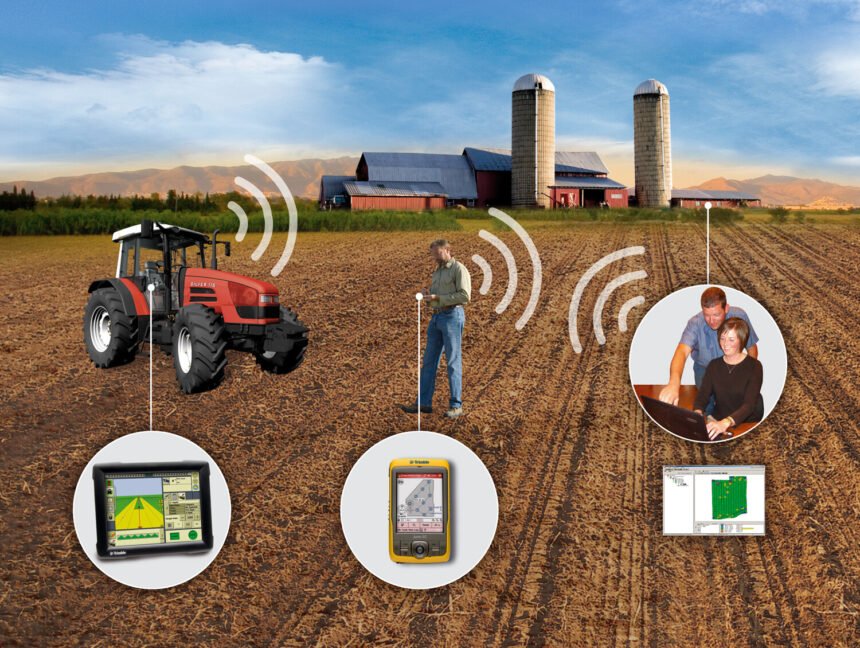Big data is a popular buzzword that refers to the massive amount of collected information during day-to-day business operations. Depending on the industry, this could be anything from crop yields to patient demographics and everything in between. How could the utilization of big data change the agriculture industry?
Drone Patrol
Monitoring hundreds of acres of crops can be a backbreaking job, requiring dozens of people willing to walk or drive the length and breadth of the fields to check for things like pests and disease. A drone fleet could do the same work while being managed by one or two people. Depending on the style of drone, they could also be equipped with things like:
- Soil samplers — These could be used to test nutrition levels, soil moisture, etc.
- Leaf samplers — Small blades can take plant samples that can be analyzed by the drone or in a lab setting.
- Pest capture settings — If pests are becoming a problem, obtaining a sample could make it easier to determine the best course of action to exterminate them.
Solar-powered drones could potentially patrol the entire farm without needing to stop to recharge, only returning to their bases at night when the sun goes down.
Nutrient Management
Collecting information about the levels of nutrients in the soil is a major part of farming, whether it’s on a small or large scale. By collecting large amounts of information, it is easy to determine what fields need to be rotated or have fertilizer or nutrients applied to ensure optimum growth. The problem with this data collection is that it is mostly reactionary — a problem is detected and then fixed.
By applying big data and predictive algorithms to this information, computers could predict nutrient issues before they become significant problems that could jeopardize crop yield.
Crop Predictions
By studying the yield from previous years and applying big data, it becomes possible to predict with a relatively high degree of accuracy which crops will produce the highest yield for a given year or a given field.
Provided that the information collected during previous years is accurate, it becomes much easier to determine the best days to plant, the best days to apply fertilizer or herbicides, and the best time of year to harvest to ensure the highest yield.
Supply Chain
Big data is already being applied to supply chains in a variety of industries. When it comes to agriculture, everything from supply sources for the crops — for seeds, fertilizer, herbicides, pesticides, etc. — to the final delivery to grocery stores is part of the supply chain. And all this data is collectible. This information is an essential component of every farm, but once gathered it can also be used as part of big data.
With the use of predictive analytics, farm owners can predict inventory and chemical usage. This enables them to order only the supplies that are needed rather than ordering extras and ending up with a back-inventory that they may or may not ever use but will have to pay to store.
Weather
While we can control just about every variable that comes with farming, the weather will always vary to some extent (outside of understanding seasonal weather patterns). Hot summers require more irrigation, while damp months could result in mildew or mold growth on crops that need to be addressed.
Weather prediction is limited, but what we can predict is how different crops will react to changing weather patterns and how best to compensate for those changes.
The climate is changing, whether people want to admit it or not, and agriculture will have to adapt to ensure strong yields in the future.
Agriculture is an ever-changing field, no pun intended, and big data can help farmers to improve their yields and adapt to anything Mother Nature throws at them. Big data, when paired with predictive analytics, could help level the playing field. In the future, drone fleets and big data could change the way farmers work. Technological advances will help both big and small farms adapt and feed the world.

